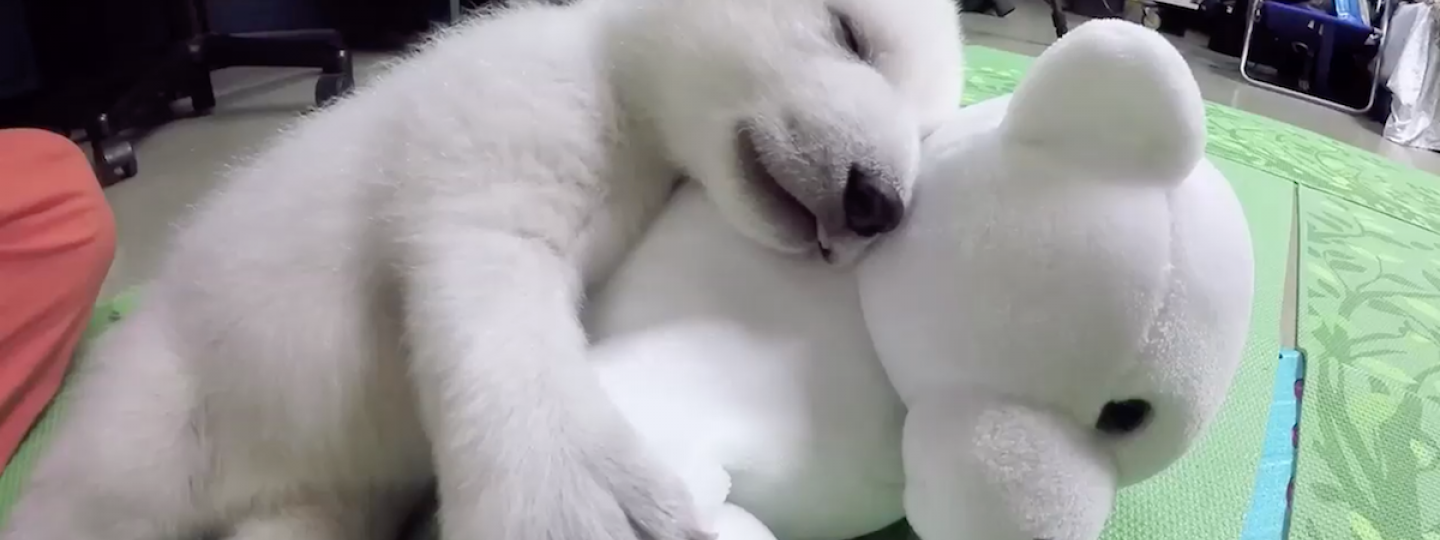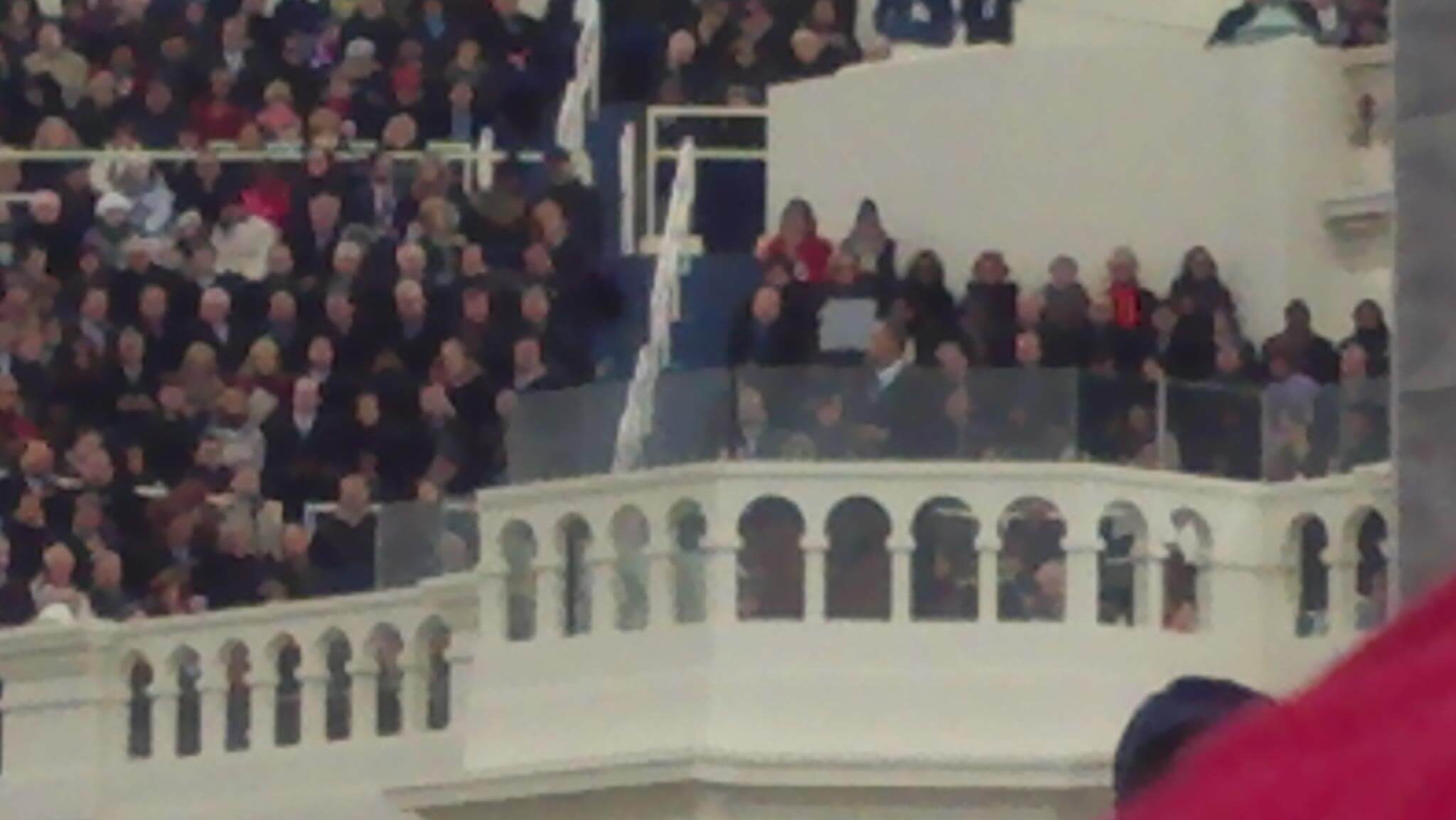Karly Imus sat on a bus with her 8-year-old son, Sam, on the way to downtown Portland for a walking tour as part of a third-grade field trip. She also had a story to edit. And that story was about a polar bear named Nora.
So Imus, managing producer for trending news at The Oregonian/OregonLive, read one part of the five-part series aloud to Sam.
"He was rapt."
It wasn't short. So she asked if she should keep going, "and he was like yes, yes, keep going."
Starting Monday, other readers can discover the life of Nora, a polar bear that was abandoned and raised in captivity, in the five-part series "The Loneliest Polar Bear" from The Oregonian. There's a 30-minute documentary, interactive graphics on climate change and ways for the audience to take action after they're done.
It's a series that's about more than Nora the polar bear.
"But we’re still writing about a polar bear," Imus said.
So for Sam and other kids, there's a new way each day to understand Nora's life, her story and the challenges she and other polar bears face.
Kale Williams, the reporter who wrote the story, wasn't quite as rapt as Sam when Mark Katches, the Oregonian's editor, first suggested it. Williams does have some history on the interesting animal beat, though.
At the San Francisco Chronicle, he covered a wayward seal. Still, Katches saw the potential in Nora's story before Williams did, he said.
"I don’t think there’s a lot of reporters around who would turn down an opportunity to spend a lot of time writing about a baby polar bear."
But as he reported, Williams discovered the story was about a lot more than just that baby polar bear. He found stories in Nora's lineage, similarities in what wild and captive polar bears face, as well as communities and cultures impacted by climate change.
"As we kept finding these parallels, it just became more and more obvious that this story deserved a big platform," he said.

Those platforms include the narrative series, which is rolling out one day at a time, plus a 30-minute documentary, debuting online the week after the series does. There's a Facebook page for discussions around the series, a page on the site to comment and talk with other readers, an interactive that helps users figure out their own carbon footprint, ways to get in touch with legislators about climate change and a list of non-profits with work that benefits the series' subjects, including polar bears.
For kids, there's a drawing contest, coloring pages, a crossword puzzle, a board game and a book that tells Nora's story, all in print and online.
The key, Imus said, has been figuring out all the different audiences who'll want to follow Nora's story and figuring out the best way to deliver it to them.
For her son, Sam, that's been in the story itself. He was eager to hear the rest of Nora's story that day on the bus. But so far, that's the only preview he's gotten, Imus said. This week, he'll get to discover the rest.
"He cannot wait."







